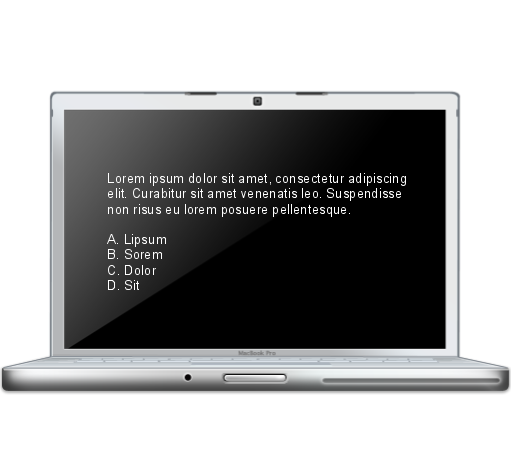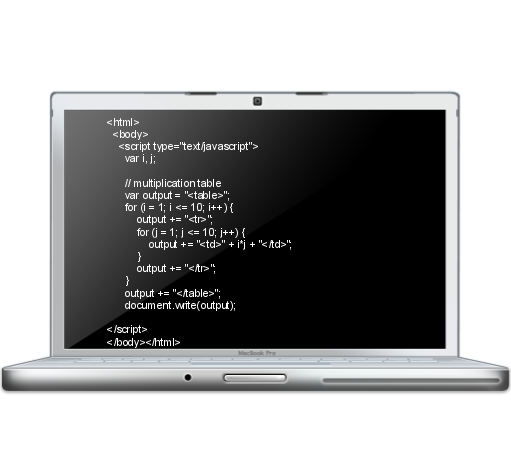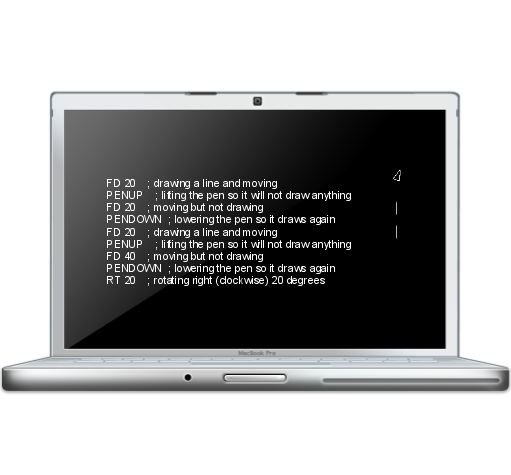I think most learning opportunities through computers can be broken down into one of three basic modalities. These modalities may be mixed (as is the case when one uses adaptive assessment, for example) or they may be a stand-alone use.
- Computers as assessment

This is the lowest level of computer use, in my opinion, although it is probably the most attractive for many education policy makers. The ability to automate assessment, and to take assessment out of the hands of teachers is pretty powerful, for people who view students and teachers as inputs in an education machine.One issue is that even the best computer based assessments that exist are not able to examine student learning in any form useful enough for deep learning to occur. They also assume that tacit knowledge has no place in education, and that with enough information, we can peer inside the brains of our students to see what they are thinking.
For obvious reasons, no educator should rely solely on computer based assessment for all judgements of students’ learning. They may be useful in some formative assessments.
- Computer as content delivery

This use of a computer as a content delivery tool is seductive. After all, we consume a lot of content via computers as adults, and we certainly feel like we are learning effectively. Much of the learning we are consuming, however, is in the form of stories, which is a bit different than learning concepts via media. Derek Muller has a lot to say (and some research to support his perspective) about how effectively people learn science via videos.Content delivery is useful, no doubt, but the instructional model of "here is some information, now you know it" is problematic. It’s hard to tell if the person who has been exposed to knowledge has actually learned it, and in many cases, what they have is a shallow shell of knowledge. There are some attempts to address this issue, including implementing versions of learning which use computers as assessment and computers as content delivery together. So far, the research on these attempts is mixed.
- Computer as programmable tool


In this model, the computer is a tool to be programmed, and the user is in charge of the output of the computer. This allow students to be in control of the computer, and therefore their own learning. They can turn the computer into a tool which serves their exploration, rather than the student being at the mercy of the designer of the software running on the computer in the first two modalities described.Programming should be thought of as in general, any process through which the student controls the output of the computer. Under this definition, any use of the computer where the use of the computer is not predetermined by an body external to the student could qualify as programming. Broadly defined, programming is the process of design and debugging, which is very much like the process that happens during science.
Games fall into one these three categories. Some games allow for more exploration and programming of the environment of the game, and some games as merely vehicles for computerized assessment. Some games are intended to deliver content to the learner, and have merely disguised the learning environment from the user. To be clear, there is a certain amount of blurring between these three different modalities, and some activities involve all three.
I find that the third modality is the most powerful of the three, and the most likely to develop powerful learning opportunites for the student. Unfortunately, it is the most terrifying of the three, since the outcome of the process of using the computer seems to be the least certain. This may be why many educators shy away from this use of the computer. It can be frightening to let go of the learning process, and trust that, given some suitable boundaries and expectations, students will learn.
Bruce Beairsto says:
David,
This is reminiscent of the “tool, tutor, tutee” taxonomy from the book of that name back in 1980. At the time, the ‘tutee’ aspect (meaning programming and simulations) were touted as the coming thing. The simulations were, of course, crude and the only game was pong but the perceived potential was the same as you are suggesting. Thirty years later it is still coming. The tools too, were rudimentary and did not include web browsers -which makes me wonder. Why is accessing information not part of your schema – or is that part of ‘content delivery’ for you? Its more content discovery though, isn’t it.
November 16, 2011 — 11:00 pm
David Wees says:
I thought it might be more appropriate to name the third modality "Computer as Exploration Tool" which would allow for both guided exploration (in the form of simulations), semi-guided exploration (the idea of Papert’s Microworlds, or what is possible in a drawing program, for example), and unguided exploration (which may be possible through programming the computer (although this may not be possible in practice because of the structure of the programming language). Does this make more sense?
November 17, 2011 — 10:58 am